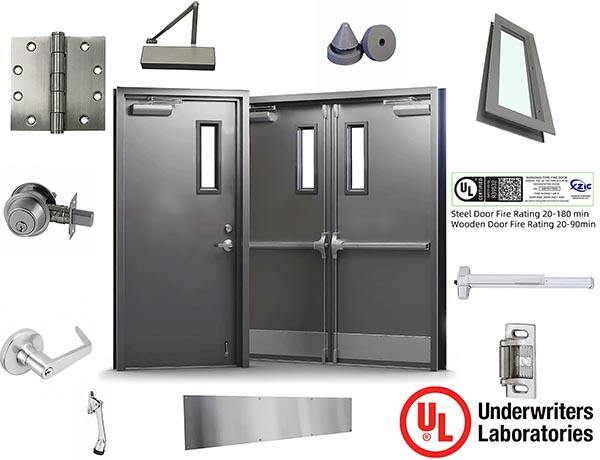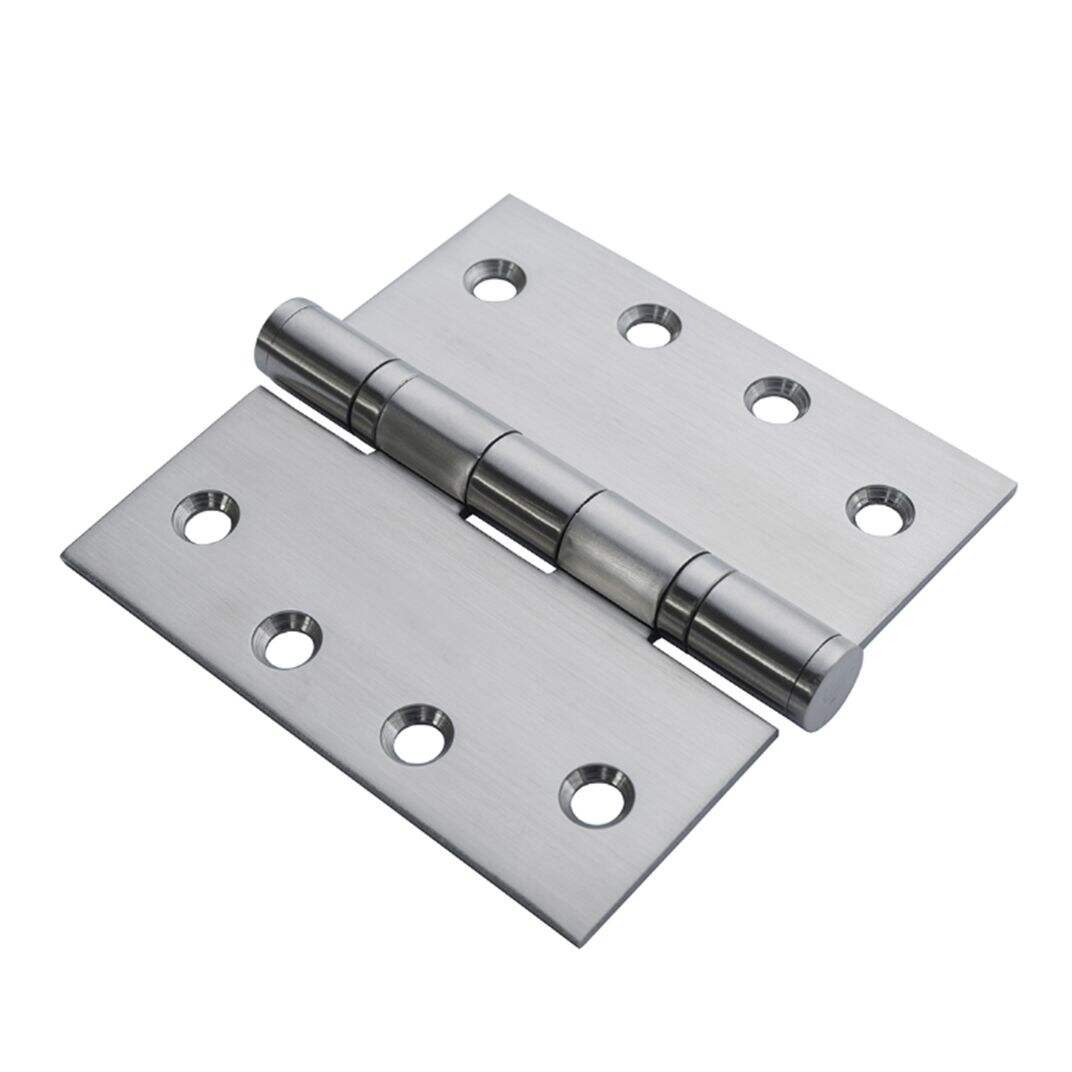What Is the difference between Emergency and Panic Hardware?
In fire doors hardware, panic hardware often refers to panic devices (push bar, vertical panic bar, emergency exit lever handle), almost all about lock. And emergency hardware expanded these: Push Paddle, Triggering Locking Mechanism, Automatic Door Closers, etc.
Panic hardware (EN 1125 standard) is often required by stricter building codes for high-occupancy spaces, whereas Emergency Hardware (EN 179 standard) may be used in a broader range of buildings with less stringent occupancy requirements.
If uncertainty about final application and/or users, specify a panic exit device to meet EN 1125.
Emergency Hardware:
Emergency hardware is a broader term and can refer to any type of exit hardware intended to be used in emergencies. While it can function similarly to panic hardware, it’s used in a wider range of buildings, including residential and smaller commercial buildings, where the potential for panic is less than in high-occupancy buildings.
Functionality: Emergency exit devices often feature push bars, exit levers, or other mechanisms that can be activated in the event of an emergency. They can be designed for doors that need to open easily in any urgent situation, but they are generally not subject to the same rigorous codes and regulations as panic hardware.
Compliance: Emergency hardware is typically required for various types of buildings based on local building codes and fire safety regulations, though the requirements might be less strict in terms of the number of occupants compared to panic hardware.
Key Feature: Emergency hardware is designed to facilitate quick evacuation, but it may not be as specifically tailored for large, crowded spaces as panic hardware.
Panic Hardware
Panic hardware is specifically designed for buildings that are expected to have a high occupancy (normally higher than 60 people) and could face a situation where people need to exit quickly, such as in public buildings, theaters, and large venues.
Functionality: It includes mechanisms like panic bars or push bars, which allow people to open the door quickly by pushing against the bar (often in a horizontal or vertical direction) without having to turn a handle or operate a complex locking system.
Compliance: Panic hardware is often required by building codes for certain types of buildings, especially those with an occupancy of 50 or more people. The primary goal is to prevent panic and allow rapid evacuation.
Key Feature: The key feature of panic hardware is that it is designed to be opened easily and quickly under stressful situations, allowing crowds to exit without delay.
For fire doors, it is very important to strictly configure appropriate hardware according to fire and building design standards. Shanghai Xunzhong Industry Co., Ltd. (XZIC) have a history of over 15 years in producing and selling fire doors. We understand the fire safety standards of various countries and can give professional advice to help customers choose suitable fire doors and accessories. Especially in markets that use UL standards. We product high quality UL fire rated doors, we have wooden fire door certification for 20-90 minutes rated time, and up to 3 hours for steel fire doors. We are welcome to ask any questions and help you to push your projects. Check our website for more information and our products: www.ulfiredoormfg.com
Contact by mail: [email protected]

Recommended Products
Hot News
-
UL fire door Regulatory and Certification Requirements
2025-08-08
-
What are the types for fire Doors?
2025-07-12
-
Why Hollow Metal Doors Are a Cost-Effective Long-Term Solution for Businesses
2025-07-23
-
What’s the price difference for UL LISTED FIRE DOOR of mahogany/oak/ beech/walnut veneer finish compared with Formica /TAK/ Wilsonart Laminated finish ?
2025-07-31
-
What is MDF (medium-density fiberboard) Door?
2025-06-15
-
Essential Aspects of UL Metal Fire Door Inspection
2024-01-02
-
XZIC Delivers Superior Quality UL Fire Doors to Our Valued Client in Qatar
2024-01-02
-
Can hollow metal doors be insulated?
2024-01-02
 EN
EN
 AR
AR
 BG
BG
 NL
NL
 FR
FR
 DE
DE
 EL
EL
 IT
IT
 KO
KO
 PL
PL
 PT
PT
 RO
RO
 RU
RU
 ES
ES
 TL
TL
 IW
IW
 ID
ID
 UK
UK
 VI
VI
 TH
TH
 FA
FA
 AF
AF
 MS
MS
 SW
SW
 BE
BE
 UR
UR
 BN
BN
 KM
KM
 LO
LO
 LA
LA
 MI
MI
 MN
MN
 MY
MY
 KK
KK
 MG
MG
 SU
SU
 TG
TG
 UZ
UZ
 KY
KY
 XH
XH











